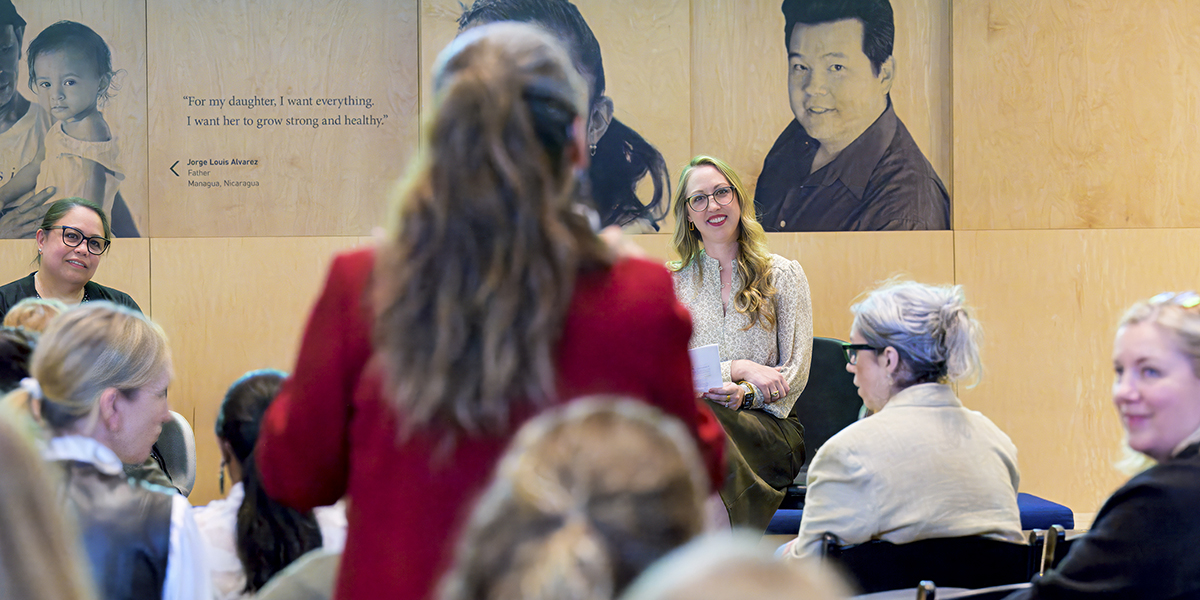Step 3: Co-design the dream team
This is part three of our series on blended workforce implementation. So far we’ve covered Step 1 -defining outcomes and Step 2 -establishing benchmarks and reporting & rhythms of business landed. It’s time to determine which skills, how much capacity, and total talent spend you need to allocate to each business outcome to get work done.
Let’s assume your SaaS company, Juniper, has defined two core outcomes:
- Increase year-over-year sales of “the best product ever” by 10%
- Improve subscription renewal rate from 87% to 93%
Ruthless prioritization
Identify which of the key outcomes is most critical to the business because attempting to do everything at the exact same intensity inevitably dilutes effectiveness against all the things. In this situation, you must prioritize what is most important for the business to achieve this year.
Let’s make a data-driven decision here – time break out the Excel workbooks. We’ll keep it pretty simple for our fantasy SaaS company, Juniper.
- Juniper had annual sales of $200MM this year. Next year, achieving an increase of 10% net new sales = +$20MM in revenue to the topline.
- Juniper’s subscription revenue hit $125MM revenue this year, the revenue gained by moving from 87% renewal rate to 93% renewal rate = $7.5MM.
Objectively, the impact of growing net new sales is greater than driving renewal rate above its benchmark. $12.5MM greater. Outcome #1 is the priority. Outcome #2 will receive lighter allocation, but the outcome still needs to be adequately resourced to ensure the team feels supported as their work also ladders up to the company outcomes. Next year retention may become the primary outcome, and you’ll need all the client relationship firepower to come in ready to perform and feel valued by the company.
In Juniper’s case, and with a very simplistic lens, we’d recommend using the revenue ratios to determine allocation. In this case, that means allocating ~75% of resources to new revenue-driving activities and 25% to customer engagement and retention. Need help working through this process? We do this. We’re here to help.
Commit to a strategy
Next up, write the strategy – which activities does your team need to execute well in order to achieve each outcome.
In Juniper’s case, its business intelligence indicates that leads originating from industry tradeshows close at a 25% higher rate, with a 15% greater contract value. In addition, tradeshows where one of Juniper’s executive team members delivers a keynote lead to even higher lead volume, close rates and contract values. It’s time to apply effort to this critical marketing and lead gen channel and ensure the executive team brand, profile and presence are prioritized in the next year.
Mind the Gap
With allocation of resources top of mind (75/25) and a strategy documented, assess your current team’s skills and capacity and map what you have with the activities your team needs to complete to land the strategy and, ultimately, achieve key outcomes.
Skills assessment means do you have the right expertise or can individuals be upskilled with limited effort to align with business needs?
Capacity assessment means how much time and energy is each individual realistically able to deliver against the strategy. Keyword, realistically.
Typically, the scope we build for people and their actual capacity for that work are completely mismatched. Studies show people are highly productive between three to five hours of their working day so be thoughtful about what work you want those individuals doing in that stretch. Put people in roles that allow them to do the work they do best in service of the business. At Lions & Tigers we call this working in their Highest & Best Use.
At Juniper, after mapping your team members to the workstreams laddering up to outcomes, you find that you have an abundance of senior sales and marketing leaders, sales development reps, account managers, a solid social team, but gaps in you lead management systems, event management and exec communications.
The team determines that in order to improve lead management they need to optimize their CRM – a workstream that they expect to invest in over several years, with on-going system updates and maintenance along with the integration of AI. Juniper will hire an employee CRM administrator to take on this workstream.
The exec communications and event management roles are both expected to be cyclical – ideal candidates for contract-based engagements, tapping into the more than 50% of the workforce that works outside of a traditional employee > employer model.
The capacity needed for event project management will ebb and flow throughout the reaching peaks during execution and slowing during wrap ups and, at some points in the year multiple events may require overlapping resources.
The exec communications needs can be delivered as projects, with a defined outcome attached to each project. For example, the initial project includes an audit, competitive analysis, and content strategy for the CEO, CMO & CRO and must be delivered within 8 weeks. The second project takes a turn into speechwriting, again with a defined timeline and outcome.
Hiring these two roles on contract allows your leadership at Juniper to embed flexibility in your talent strategy and, frankly, your P&L. This model allows the team to augment their employee team with the right skills to form a dream team to get after this year’s strategy and outcomes. Next year, as strategy may shift and new outcomes are in place, you and your team can revisit whether these are the right skills to bring onto the team and, whether to either needs to be transitioned to an employee role.
With a dream team outlined, the next and final step is hiring and integrating a blended workforce team – landing the right contract talent and supporting the existing team as the move toward focused work in their areas of expertise and make space for talented subject matter experts (SMEs) to join the party.
Interested in learning more? Read the full series below.
How to Implement a Blended Workforce
Step 1: Define business outcomes
Step 2: Know the numbers that matter
Step 3: Assemble the dream team
Step 4: Do it. Integrate a blended workforce
Written by Ashley Jude








0 Comments